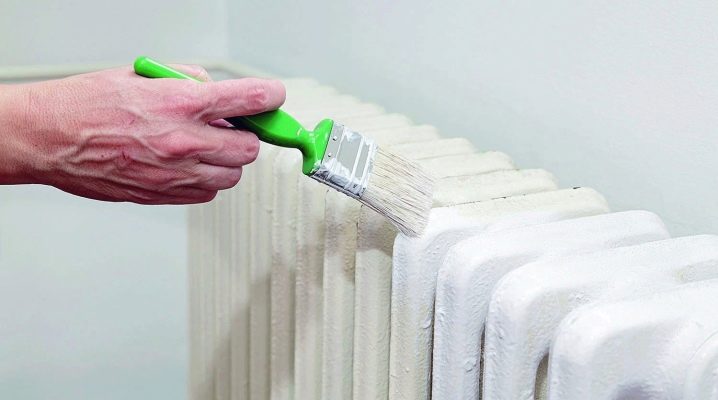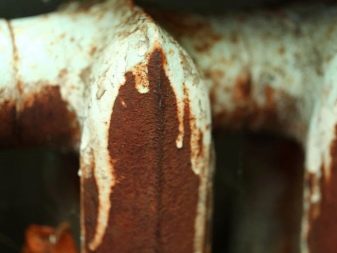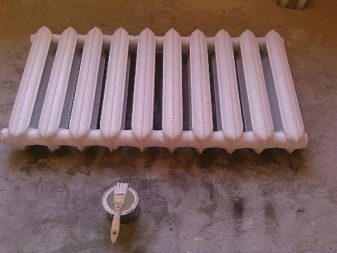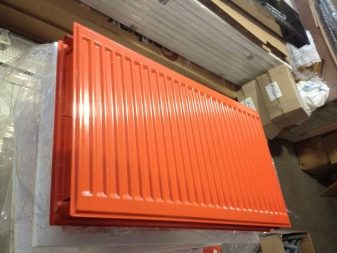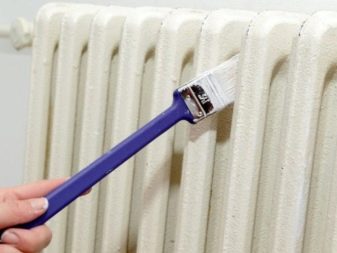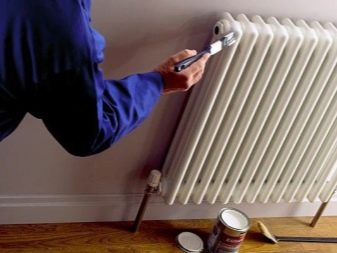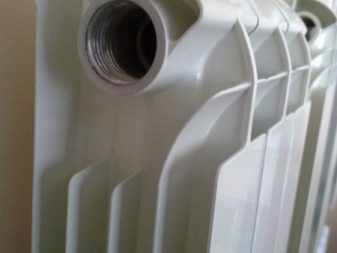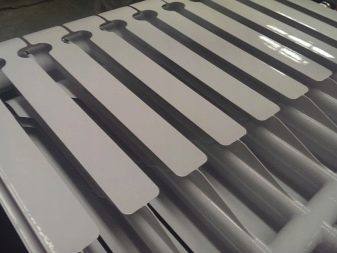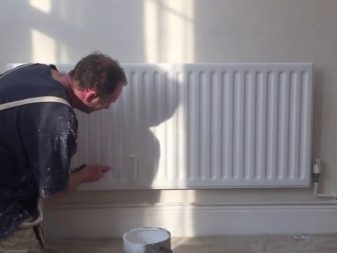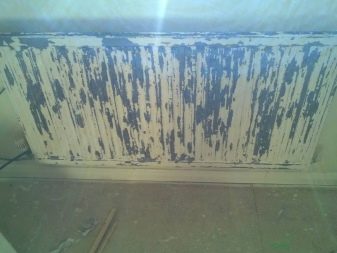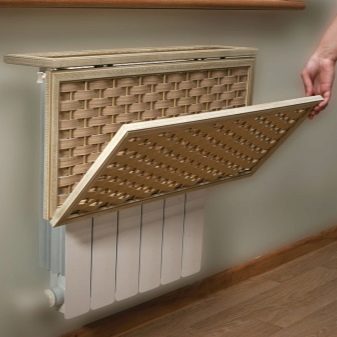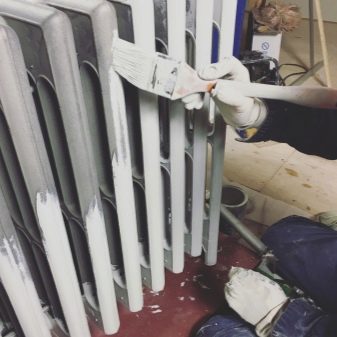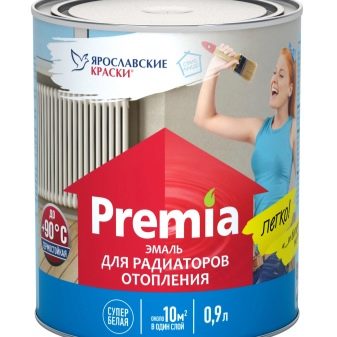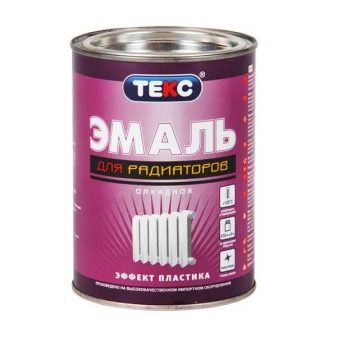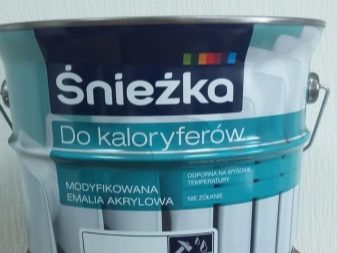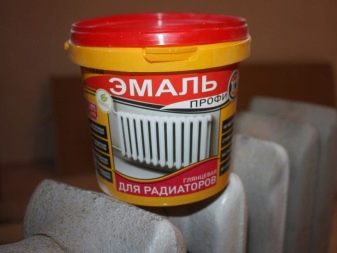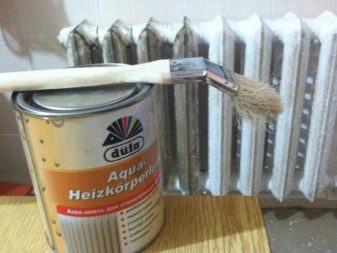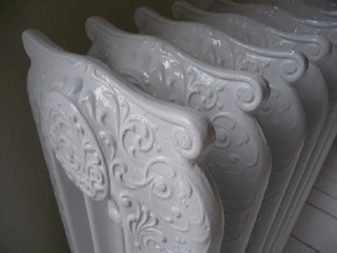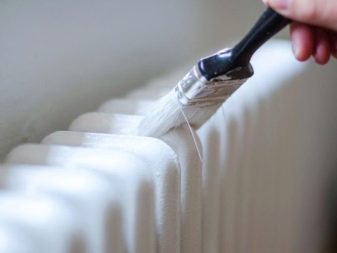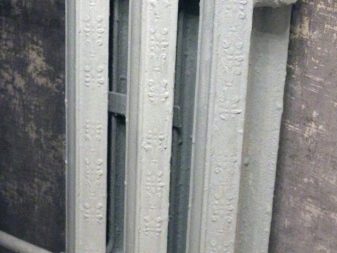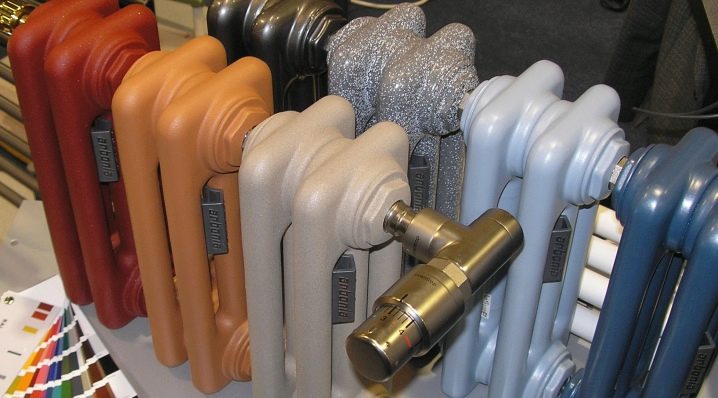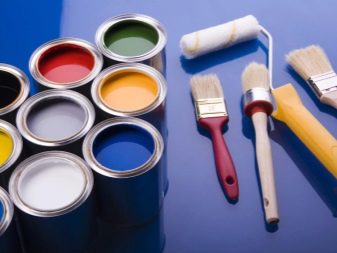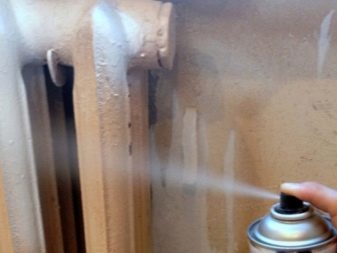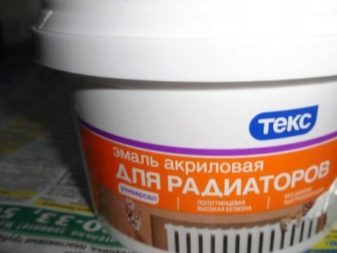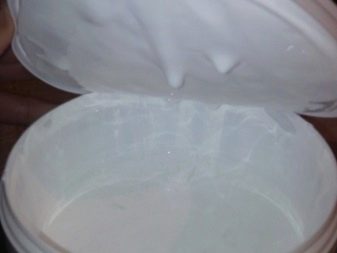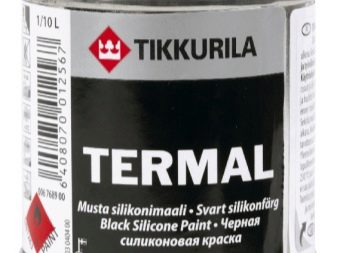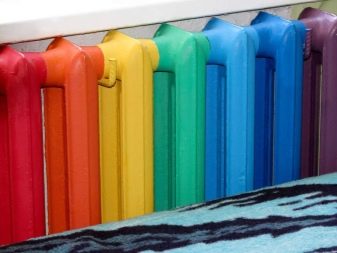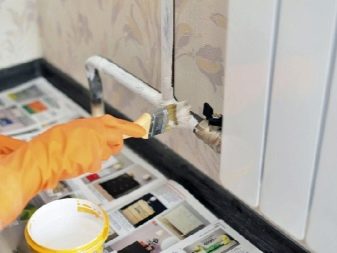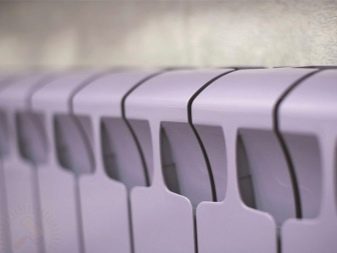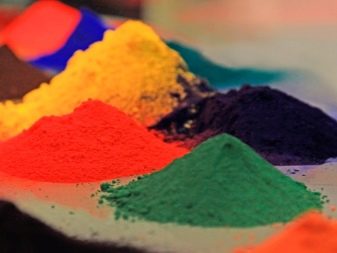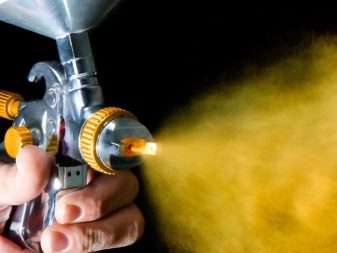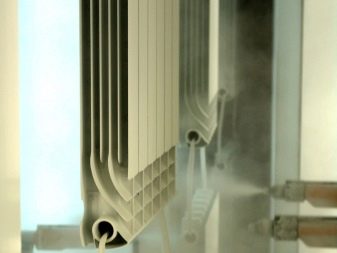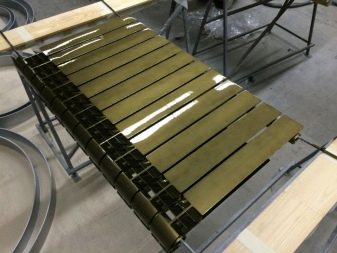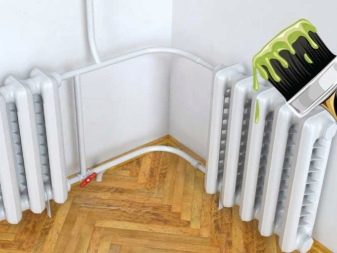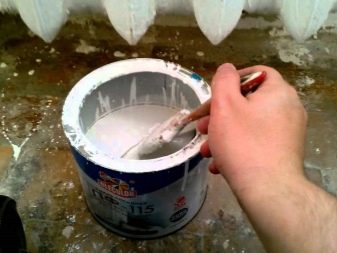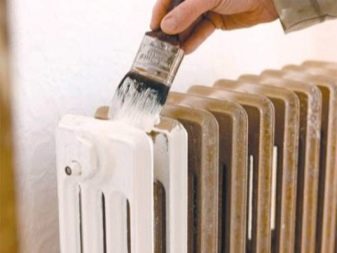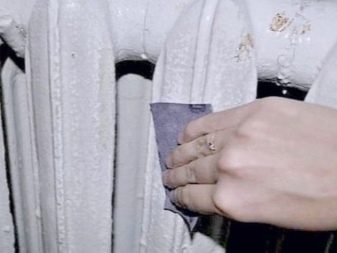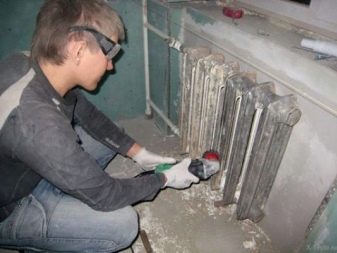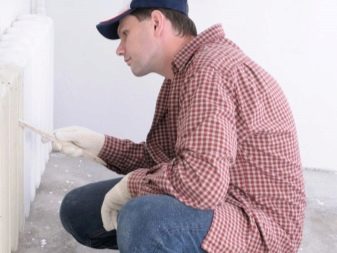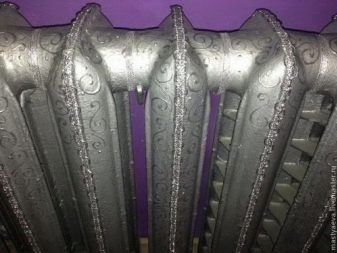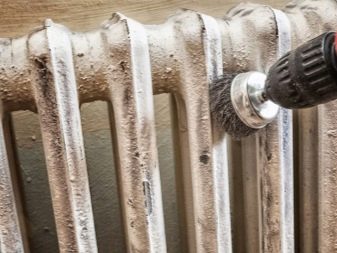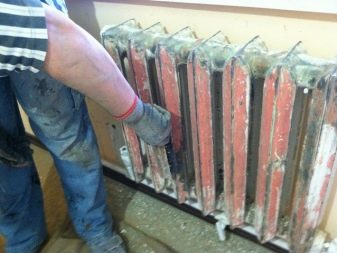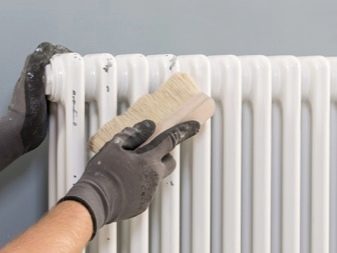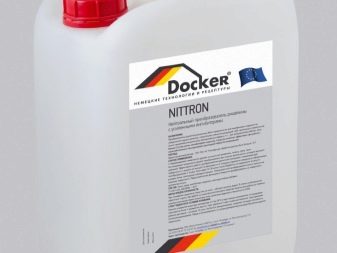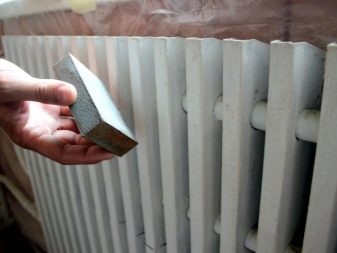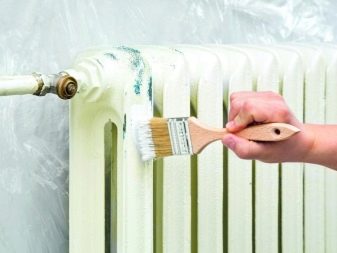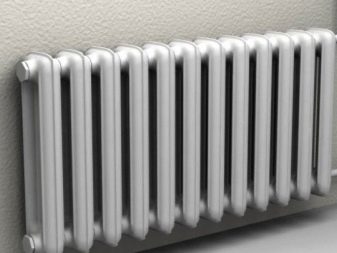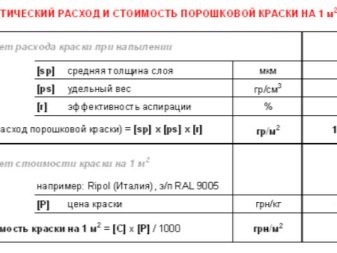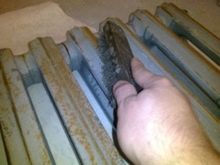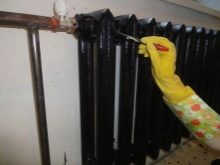Painting radiators: types of enamels and recommendations for applying
Heating batteries are an integral part of almost any home, and their harmonious combination with the interior is observed in cases where these relatively new elements of the heating system are covered with a suitable paint. This article will describe in detail what kind of paints exist for heating systems, and how to choose the most appropriate option.
Need to update
The service life of cast iron or aluminum radiators can exceed 50 years, but if the old batteries in an apartment or kitchen paint faded from time to time and began to swell, then in such an unpresentable form they clearly attract attention and can hardly be considered a home decoration.
Solving the problem by replacing the batteries due to the considerable cost of this method can hardly be considered the best option.And painting the radiators again can be quite an acceptable way out.
In this case, several factors should be taken into account:
- Not all types of radiators can be painted on their own at home. Often, especially in the case of the wrong choice of dye, it will either turn yellow quickly or peel off soon.
- Batteries are known to be made from cast iron, aluminum, steel, or can be bimetallic. Coloring cast iron radiators in principle does not cause problems. Here everything depends only on the correct choice of paint for this purpose. But in the case of aluminum radiators, convectors or batteries made of stainless steel, the situation looks different.
Such elements of the heating system are powder coated at the factory with subsequent heat treatment.
Therefore, applying on top of the factory paint coating a new layer of paint at home becomes a serious problem.
- The overwhelming majority of manufacturers of non-cast iron heating radiators, attempts at unauthorized painting of batteries are considered as a violation of the factory warranty by the consumer.
- Enamel dyes after drying, cover the products with a durable and monolithic layer, completely eliminating the penetration of air to the metal surface. If, however, oxygen still gets at least a slight access through the paint layer, then the protection of metal from corrosion should be called into question, whereas the protective functions in most cases are the main cause of radiator painting.
- It is curious that the passports for all heating batteries contain a categorical prohibition, which does not allow to paint over the air vent hole on the automatic air vent. That is, if you apply paint to this hole, then if necessary, it will be almost impossible to bleed the air from the heating system. This circumstance should be taken into account when performing painting work.
- Painting aluminum and made of stainless steel radiators, in the factory produced powder dyes, which after their application are subjected to heat treatment at high temperature in special boxes. It is clear that the creation of such technological conditions at home is not possible.Ordinary oil and other dyes due to their low adhesion on aluminum and steel surfaces will not last long.
- Reliable aluminum staining requires special equipment for this purpose, as well as the use of epoxy primers and enamels, which is very expensive. In addition, deviations from the technology will inevitably lead to detachment of the newly applied coating. There is also a method of anodic oxidation, but it is associated with significant technological difficulties and requires certain knowledge.
- If the consumer has a successful experience in painting the car body and paints and varnishes corresponding to the task, then you can try to paint aluminum batteries. But otherwise it is better to abandon this venture. In this case, it is more expedient to buy new heating elements, or to cover the peeling products with a decorative screen.
- A separate point are steel convectors. They are equipped with frequent fins made of steel plates strung on a pair of pipes - the so-called "comb". If you try to color these lamellar ribs, an undesirable effect of a sharp decrease in heat transfer will occur. To get to the pipes themselves with a narrow brush is also impossible.Therefore, it is better to refuse to paint these surfaces.
Such radiators are usually equipped with iron valves and side screens. These elements are not only possible, but also necessary to be painted, and ordinary heat-resistant dyes are quite suitable for this purpose.
The choice of composition
Dyeing composite compositions designed to cover heating radiators differ somewhat in their technical parameters from conventional dyes. Therefore, their choice should take into account their basic physico-technical and operational characteristics in accordance with the recommendations of specialists.
The main criterion for this choice is the heat resistance of the dye. Therefore, paints and varnishes that can withstand temperatures up to + 80 ° C should be purchased for painting the elements of the heating system, and for heating radiators this figure should exceed + 100 ° C. Such dyes are indicated by special markings.
In addition, a layer of paint should have a sufficiently high thermal conductivity so as not to reduce heat transfer from heating elements. At the same time, such paint should be distinguished by high wear resistance, without emitting toxic substances into the air during heating.Hence the need to study the composition of the dye in the purchase and its confirmation of its compliance with accepted technical standards and environmental safety requirements adopted in European countries. This applies to imported paint from European manufacturers.
If a domestic product is purchased, the manufacturer should be guided by the norms of state standards in force in Russia.
If the dye package does not contain a link to such standards, but some unknown specifications, then it is better to refrain from purchasing such paint, since there are no guarantees of its compliance with safety standards.
It is advisable to acquire a quick-drying paint, because this property of the dye always significantly speeds up the paint work, because it is usually accepted to apply the dye in two layers.
Anti-corrosion properties of the dye are designed to protect the surface of the radiator from external aggressive influences. This is usually taken into account in the manufacture of formulations for painting metal surfaces.
Some paints produce harsh and unpleasant odors until their complete drying.Therefore, it is better to choose such dyes only for work in well-ventilated areas. In all other cases, it is better to give preference to odorless paints.
Another aspect of the choice of radiator paint is its moisture resistance, necessary for performing wet cleaning with the use of detergents.
For coloring batteries, radiators and pipes of the heating circuit, dyes are used on various bases, each of which has its own advantages and disadvantages. Heat-resistant paints include oil, alkyd, acrylic, silicone and powder dyes.
Oil paints are made on the basis of various organic oils. Until recently, oil dyes were practically the only alternative option for a composite for painting radiators. These paints are highly opaque and are able to create on a metal surface a dense and sufficiently strong layer that is resistant to various mechanical influences and high temperatures.
However, these dyes have a very unpleasant peculiar odor, which not only accompanies the process of dyeing and drying the surfaces covered with such paint, but is also able to manifest itself with strong heating during the operation of batteries.In addition, they form a rather dense ink layer on the radiators, which significantly reduces the useful heat transfer from their sections.
Applying the composition on an oil basis, unlike other dyes, does not always occur in a uniform layer, and with its large thickness, the coating layer cracks and exfoliates during operation. Surfaces finished with it lose their initial shine and turn yellow with time.
Oil paint coatings are not able to effectively protect the metal from corrosion, which is manifested in the appearance of rust on the surface of batteries. In addition, the oil paint has the longest period of its complete drying, and in the process of its application it is rarely possible to avoid the appearance of smudges.
Thus, with the exception of affordable cost, oil paints can hardly be considered the best option for painting radiators.
Heat-resistant alkyd dyes contain pigment dispersions and special additives, the solvent for which is pentaphthalic or glyptal varnish. Their popularity with the consumer is due to a number of advantages,among which, reliable protection of radiator surfaces against negative external factors and giving these surfaces a neat and aesthetic appearance are noted.
Virtually all alkyd enamels perfectly withstand the high temperatures that occur in the heating circuit. The surface, covered with them, is characterized by perfect smoothness and even gloss, the paint layer does not turn yellow from time and does not exfoliate.
Alkyd enamels are quite wear-resistant, available in a variety of colors. - from the traditional white radiator to red and black paint. This, if desired, allows you to choose the desired color for any interior room. But, despite all the above advantages, such compositions, which include white spirit, produce an unpleasant pungent smell, not only lingering the first few days after painting, but also able to manifest itself for some time with significant heating of radiators.
The period of painting works with alkyd enamels can last several days due to the rather long waiting time for complete drying of each layer.There is an aerosol release form of alkyd enamels, which is a coloring spray in cans.
Acrylic enamels are widely used in the field of painting elements of heating systems. The dried layer of such paint gives the surface a perfectly smooth and even appearance, which looks a bit like plastic. A significant advantage of acrylic paints is the almost complete absence of odor during painting and during operation of heating systems.
When purchasing an acrylic dye, you should pay attention to the manufacturer of the composition and its purpose indicated on the packaging. In the same place, it is necessary to study the temperature at which the paint is able to function efficiently, since not all sorts of acrylic coloring composites withstand even +80 ºС and higher temperatures.
Acrylic paints are fast drying. The setting time and complete drying of such dyes, indicated in the instructions for their use, can take from 10 minutes to 1.5 hours for the first stage and about 5 hours before the final readiness of one applied layer.To obtain a high-quality coating, it is necessary to protect freshly painted radiators from moisture exposure to them during the entire drying time of the paint.
Acrylic dyeing solutions of consistency resemble sour cream of medium thickness, do not spread and do not leave smudges in the process of working with them.
To obtain the desired effect, acrylic paint should be applied to the previously cleaned and primed surface in two layers.
A significant disadvantage of acrylic composites is their low resistance to external mechanical and abrasive effects.
Silicone quality composites are able to maintain their working properties. even when heating the surface of the radiator to the highest temperatures that can occur in the heating system. The basis of these paints is silicone resin, which is kneaded in water or organic solvents. After the layer dries, the silicone dye acquires a semi-gloss gloss.
Silicone coloring compositions are allowed to be applied on unprepared metal surfaces. Their durability is due to resistance to mechanical stress and abrasive loads, and the only significant disadvantage of paints of this type for radiators is their high cost. Therefore, in comparison with other formulations, they are not as popular among consumers.
Powder paints consist of a special pigment powder with special bonding agents. This type of radiator coating is the strongest and most durable. However, its use in apartment conditions for self-dyeing is not possible, since the technological process of applying such dyes requires special expensive equipment for this purpose and a source of constant voltage. In the process of applying such a composition, the powder must be given a positive charge, and the surface covered by it must be given a negative charge.
The painting procedure can be carried out only in a special chamber, where after the application of the coloring composition is completed, a certain temperature condition is created for its drying. The process of polymerization of the powder dye on the surface of the radiator should occur at a temperature of +150 - +170 degrees Celsius, which depends on the type of composition.
All this, naturally, cannot be carried out at home and is a purely production process. The only place where it is possible to paint radiators using powder technology can only be a car repairing body workshop with a set of equipment for painting cars with powder enamels.
Battery painting features
The optimal moment for painting batteries is quite natural to consider the time of general repairs in the apartment. It is customary to carry out such repairs, and, therefore, paint the batteries immediately after the end of the heating season or in the summer.
If you try to paint warm or hot radiators during the heating season, you will need to shut off the inlet valve or radiator thermal head and wait for it to cool.
Dyeing a hot battery when the heating is on causes dye stains and its distribution over the surface with strips, an uneven layer with wrinkling of the surface film of the dye layer due to the rapid drying of the solvent. This effect is especially pronounced when using water-based paint, when the coloring layer swells up on the surfaces of hot old radiators.
If, however, the painting still needed to be held in the winter, and switching off the heating is not possible, then to minimize the defects, the paint should be applied with a very thin layer. It is well known that when painting on a hot radiator, the smell of paint inside the room will be much stronger, and opening windows for ventilation during the cold season is problematic due to the temperature outside.
Even the oldest and dried paint coating is in most cases monolithically linked to the base. Therefore, it is enough just to polish the surface with sandpaper for stable adhesion when applying the next fresh paint layer.
If, however, metal is peeking through the old, wiped and peeling coating, then the grinding of such a radiator should be more thorough, so that after applying a new layer of paint, chipping or irregularities are not visible from under it.
In the case of a completely hardened, peeling large areas of coverage, from which rust can be seen in places, it must be removed completely with the help of a metal brush and special washing preparations.Also, the surface prepared in this way should be primed before applying the first layer of paint on it.
In addition, you can simply restore the old paint, putting on it instead of a uniform dyeing some fancy pattern after pre-sanding and priming.
If the aluminum radiator kit is installed indoors, then in this case it is more expedient to buy new aluminum heating elements or cover the peeling products with a decorative screen.
Preparatory activities
The quality of painting of batteries directly depends on the proper preparation of their surfaces. The preparatory work stage takes a much longer time interval than the painting itself.
The preparatory stage begins with a thorough cleaning of radiator surfaces. Their sections must be cleaned by hand with an emery paper and a brush provided with a metallic pile or mechanically using an electric drill with a brush.
Using these methods, the old paint layer is removed, and the places where rust is observed are cleaned until a metallic luster appears. Accumulations of dust and dirt are wiped with a wet rag, and the remnants of old paint should be removed with spatulas and special washing solutions. Such solutions are applied to the surfaces of radiators and covered with a film to soften them.
For rusty areas, a corrosion inhibitor should be used.
After this treatment, the paint is easily removed with a spatula, grinder or a metal brush on the drill. It is advisable to protect hands with construction gloves, and the respiratory tract with a gauze bandage or respirator. Then it is necessary to sand the surface of the radiator with emery paper and degrease it with white spirit or any solution with weak alkaline reaction. Suitable 1% solution of ammonia, soda or household detergents.
Then, the surface that is well cleaned in this way is covered with an anti-corrosion primer. It is designed not only to protect the metal from corrosion, but also serves to enhance the adhesion of paint to the surface of the radiator. The best option for this is an alkyd-based primer composite.
The choice of primer should be based on the acquisition of an anticorrosive composition, which, as a rule, is indicated on its bank.Otherwise, if the primed surfaces are primed with another composite, the appearance of new rust is very likely after some time.
Modern manufacturers of building materials offer the consumer a wide choice of dyes, which include a primer and a rust converter. Their advantage is that their application to the elements of the heating system does not require preliminary preparation of the base.
Calculation of the amount of paint
On the packaging of the dye, its manufacturers almost always indicate its average consumption per 1 m2. Everything looks pretty simple if you want to paint, for example, the front of a panel heating radiator. In this case, to calculate the paint consumption, it is sufficient to determine the area of the painted surface.
The situation is different if the purpose is to paint cast iron “harmonicas”. consisting of several sections.
The technical specifications of heating radiators often state their total area, which, if desired, can also be found on the Internet. You can also find special calculators that allow you to calculate the rate of consumption of the dye with the necessary accuracy and speed.
Typically, these calculators take into account the parameters of cast iron batteries, the most common series of "MS" and "FM". It is also possible to simultaneously calculate additional material consumption, if there is a need to paint the pipes adjacent to the radiator and other elements of the heating system.
Paint costs in these cases are taken according to the averaging method for its main types, that is, for oil, alkyd, acrylic and silicone dyes.
The approximate consumption per unit area for different brands of coloring composites, despite some differences, is approximately the same.
Stages of staining
Thus, the essence of the painting process of heating radiators is the thorough cleaning of their surfaces from old paint and the treatment of rusty areas with a corrosion inhibitor, sanding the surface of the radiator with emery paper and degreasing it.
At the end of the preparatory stage, the cleaned surface is covered with an anti-corrosion primer. The best option for this purpose is an alkyd based primer composite. After setting and hardening of the primer layer, the heaters are dyed with the dye chosen for this purpose.
Taking into account the above-described properties of various dyes and using simple materials and the most common tool, such work is easy to do with your own hands.
How to paint the cast iron batteries correctly, see the next video.
